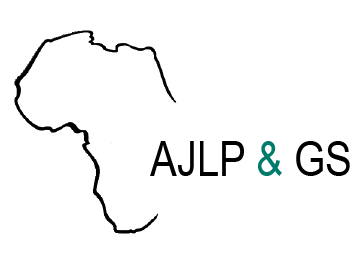Resource information
The United Republic of Tanzania has been administratively restructuring and Transforming its Local Government Authorities from lowest to higher rank based on ranking structural ideas adopted from China. Based on that regard, the Urban Local Government of Tanzania has been categorized into administrative hierarchical positions of Trade Centers, Townships, Towns, Municipalities and Cities. Materially, the administrative transformation of urban authorities in Tanzania resulted in the reemergence of rural urbanism and the urban village in urban Localities. The reemergence of rural urbanism and the urban village in urban settings is becoming more Prevalent in Tanzanian cities, municipalities, and town councils. As a result of the impact, there is dramatic disappearance of ecological environmental essentials in urban settings, ensuring that 65 per cent of Tanzanian city settlements urbanize informally.Goal and Objectives: The main objective of this study is to explore how the administrative hierarchical position transformation of agrarian urban authorities resulted in the booming growth of the Rural Settlement Urbanism into an urban Setting that resulted in Urban Villagization rather than urban modernisation in Tanzania.Methodology This study drew empirical evidence of urban villages and rural urbanism into an urban setting from 443 respondents in 13 wards and 53 sub wards in Dodoma National Capital City. A mixed approach and a case study strategy were adopted in which both qualitative and quantitative data were collected. Official and household interviews; focus group discussions; measurements; and observations were used to collect data.Results The findings of this study revealed that 35 wards out of 41(85%) and 189 sub-awards out of 222 (85) sub wards in Dodoma are undergoing rural urbanism into urban settings and have urban village features such as uncoordinated walkability, poor quality of life, unsustainability, low population and low building and population density, traditional neighbourhood structure, poor quality architecture and urban design, mixed-use and diversity, and uncoordinated connectivity. To regulate them, the LGA is urged to integrate and apply new urbanism concepts and models that highlight the development of village planning ideas which ensure ecologically friendly behaviours by establishing walkable neighbourhoods with a diverse choice of housing and employment opportunities, Traditional neighbourhood design (TND) and transit-oriented development (ToD).


